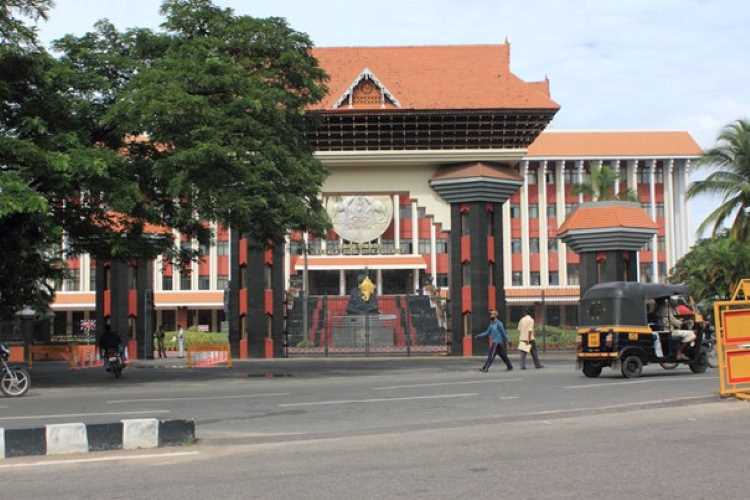
Close on the heels of a Union Budget that failed to address the key concerns of growth and welfare, the Kerala State Budget for the financial year 2020-21 managed to pack several surprises. The Union Budget presented by finance minister Nirmala Sitharaman that came in the backdrop of an economic slowdown was expected to raise public spending to tide over the economic slowdown. Sitharaman exhausted her resources by addressing supply side issues through tax cuts to corporates and did pretty little to address the economic crisis induced by a slowdown in demand.
Kerala finance minister Thomas Isaac, a trained economist, came up with a popular budget despite the worrying economic situation in the state and the country. Though the robust numbers presented by Isaac raised several doubts, the Budget managed to please the general public and the investors alike. The budget has smartly balanced the twin objectives of growth and welfare, at least on paper.
READ: Pound of flesh — Telecom crisis shows India in poor light
Isaac expects to meet the increase in budgeted expenditure through higher revenue receipts, while meeting infrastructure development needs through funds generated by KIIFB, a government-run financial institution. Most of the proposals in Budget 2020 are extensions of those from the last Budget, which focused on rebuilding the state ravaged by flood fury. The minister foresees a major expansion of spending — most of it through off-budget means.
But can the state government, headed by Pinarayi Vijayan, manage enough funds for its ambitious plans? Despite the rosy picture of state finances painted by the Budget, can the finance minister rein in public borrowing? Has the Budget done enough to energise the economy staring at a slowdown?
Revenue projections: Fact or fiction
Isaac projects 15.7% growth in revenue receipts for financial year 2020-21. He targeted 24.2% growth in the last budget and ended up with 7% (estimated) growth. He expects 21.1% increase in state’s own revenues, while it grew at 9.01% and 9.9% in 2018-19 and 2019-20, respectively. The main reason for the subdued revenue figures is the declining inflow from GST share that grew by 13% against the targeted 38%. In the prevailing economic conditions, the budgeted revenue growth looks next to impossible.
READ: Doubling farmers’ income by 2022 a tough task, but not an impossible one
The finance minister depends on three items to shore up revenue collections — fossil fuels, alcohol and lottery. They are expected to provide 46% of the state’s own tax revenues and 26% of total receipts. Public debt constitutes 17% of the total receipts. Unless the state government manages to develop new sources of revenues, the targets will not be achieved. Already the average alcohol consumption in Kerala is 10.2 litres and vehicle population is also nearing saturation point with the number of registered vehicles outnumbering the number of households. The government will need a real estate boom to boost its revenues, but that is dependent on external factors such as a revival of economic growth and a pick-up in the employment conditions in West Asian countries.
Roadblocks to infrastructure development
The state government depends solely on KIIFB to increase infrastructure facilities and generate employment. KIIFB has already committed to projects way beyond its capacity. The state government is attempting to build a high-speed railway connecting Thiruvananthapuram and Kasaragode, using funds raised by the institution. KIIFB issues rupee-indexed masala bonds and needs professional managers and a talented team with specific fund management and monitoring skills to be successful. Mindless dependence on bureaucrats may spell trouble for the institution in the coming days.
READ: Budget 2020 — What Nirmala Sitharaman failed to see
More government, less governance
One of the biggest problems faced by the state is its unusually large government machinery. A large part of the problem came from the legacy of Kerala Model and the state’s unwavering commitment on health and education. The expenditure side of the Budget shows the government must take strong measures to rein in revenue expenditure in order to maintain financial health of the treasury. Currently, salaries, pension and interest payment together account for 51% of the total receipts which is around 80% of the state’s own tax revenues. The government has promised pay revision of its employees this year and the Budget has not made any allocation towards this head. It may be that, Isaac chose to hide this expenditure to show the state economy in good light ahead of state elections next year.
Kerala state Budget for financial year 2020-21 is a daring attempt by the finance minister to overcome the resource constraints and the depressed economic conditions in the country. However, his success in implementing the proposals are way too dependent on factors beyond his control.
Resmi Bhaskaran is a development economist based in Manipal, Karnataka.
